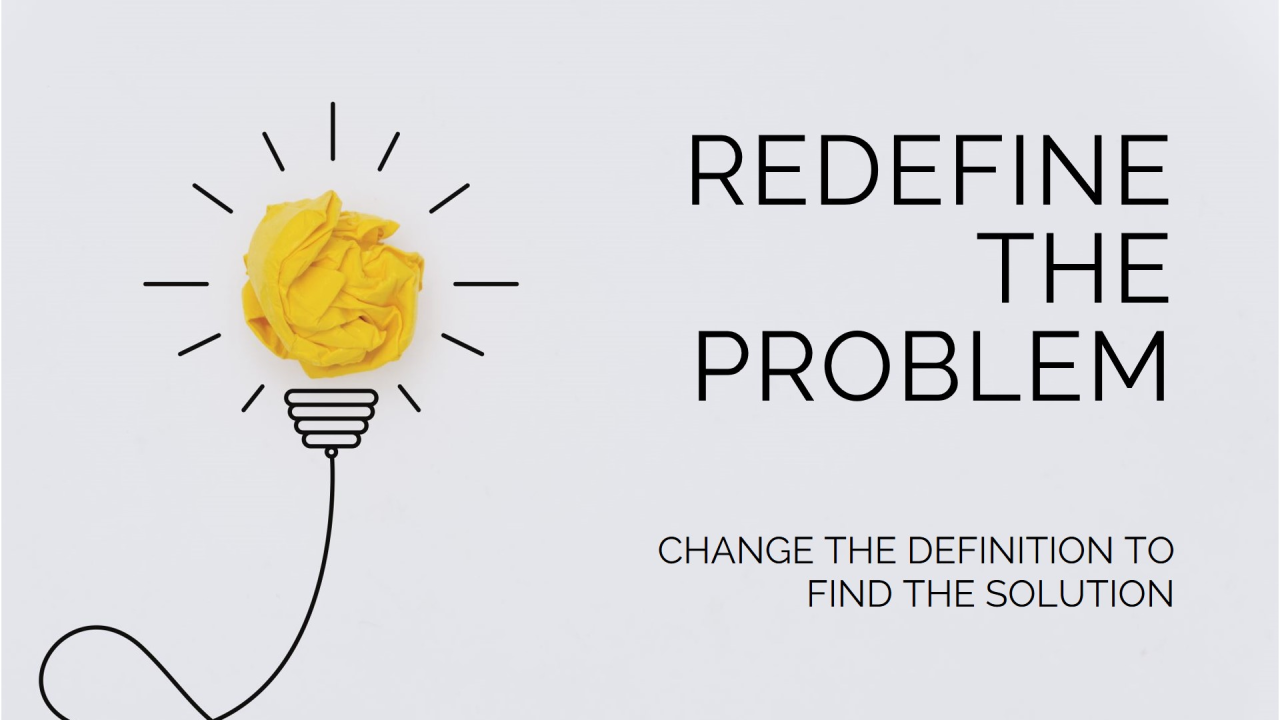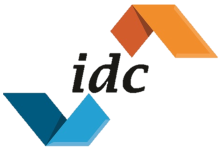Sustaining Diversity In A Remote Work Environment
Diversity, equity, and inclusion (DEI) initiatives have always been a top priority for many organizations. Progressive employers understand that when employees with different backgrounds and perspectives come together, they are able to innovate and make more informed decisions to improve business outcomes.
However, sustaining diversity and inclusion may not be so clear-cut, especially given working conditions during the pandemic. With more employees working from home and collaborating virtually, it can be difficult for business leaders to continue fostering the same inclusive environment they did when they were on-site.
Business leaders can play a critical role in sustaining diversity among their teams no matter where they’re operating. As long-term remote work arrangements continue to emerge, here are four ways leadership can continue to implement DEI initiatives and foster a diverse remote work environment:
1. Listen to and Address Employee Needs
Whether you’re in an office setting or working from home, employees want to feel a sense of belonging in the workplace. While, in a traditional office setting, managers and employees were able to interact in person, business leaders must work harder to establish direct communication with virtual teams. They can demonstrate care and create a supportive and respectful work environment by setting up virtual chats to get to know employees on a personal level and by checking in with them on a regular basis.
As a business leader, it’s also your responsibility to acknowledge difficult situations and current events that may impact your employees, and to create space for people to share openly how they are feeling and what support they need. Providing an anonymous feedback system can provide staff with the opportunity to voice any concerns without fear of retribution. This could benefit both employees and employers as they’ll have a mutual understanding and knowledge of their needs.
2. Support Relocation for Long-Term Remote Workers
Some employees may be looking for a change of scenery or to relocate now that their job isn’t tethered to a specific location. If your company plans to offer long-term work from home arrangements, consider looking into ways you can help them make the transition to a new city. Showing employees that you are invested in their personal desires can go a long way in both retaining diverse talent and allowing employees to branch into new regions. It can also further enhance diversity as they are introduced to cultures and perspectives that will translate into their work.
You can continue to support your employees and foster greater diversity by helping any employees who may be interested in branching out geographically. Encouraging employees to take advantage of remote work arrangements to move to other places, diversify their surroundings, and grow their experience living in other cities and cultures is one way to promote greater diversity among your team. If your employees are interested in moving to different regions, you can urge them to explore potential cities, research community involvement opportunities, and to become familiar with financial tools that will assist them in making the move, like affordable FHA loans, which could help make a relocation during these times more feasible for employees, regardless of their financial backgrounds.
3. Encourage the Formation of ERGs
Employees who already felt out of place in the office setting may feel even more isolated in a remote setting. Virtual Employee Resource Groups (ERGs) can help encourage employee engagement and foster a sense of belongingness by bringing together those who share commonalities, such as interests, backgrounds, or demographics. These are employee-led groups that can help increase employee facetime and improve cross-departmental collaboration.
Though these groups are designed to unify individuals who share common interests, they may also be used to help educate and engage other colleagues through internal panels and virtual events. Organizations looking to support the formation of such groups should, at the very least, provide administrative support for ERGs. However, those truly invested in improving their DEI should appoint dedicated leaders to lead these efforts, encourage new employees to participate, and provide ongoing virtual DEI training.
4. Include More People in Decision Making
While the most important business decisions are traditionally reserved for top-level management, there are many benefits to weighing the input of a broader, diverse group of team members. According to a study conducted by Cloverpop, inclusive teams of three or more people outperformed individual makers up to 87% of the time. The most successful teams were comprised of geographically diverse employees ranging in age and gender.
More informed decision-making can lead to improved business outcomes and bottom-line results. Opening seats at the decision-making table to a more diverse group of employees could introduce fresh perspectives, unique skill sets, and new ways of thinking about decisions that could impact the company as a whole. To ensure a diverse and inclusive decision-making process, consider designating inclusive leaders who value all opinions and can make team members feel safe.
If you haven’t already, consider taking this time to assess how your company can further foster diversity and inclusion during these times. Senior leaders should evaluate their benefits and offerings to ensure they not only accommodate a diverse workforce, but also encourage it. They should not only do this because it makes business sense but also because it’s the right thing to do.
Share This Article!
Disclaimer: Content on this blog is authored by multiple sources. While we do make every attempt to proofread and fact-check, unless authored our staff, the views expressed do not necessarily reflect those of the Institute for Diversity Certification (IDC), Inc.
More Insightful DEIA Blogs











Share On: